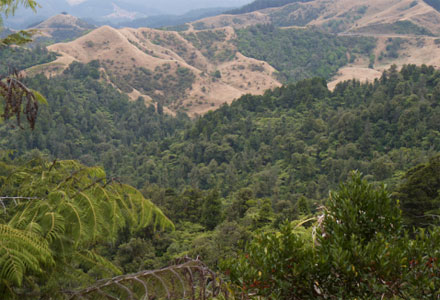
The Forest College and Research Institute (FCRI), Mettupalayam in India, has begun preparing an in-depth map of suitable timber species for various agro-climatic zones in Tamil Nadu. Source: Times of India
The map, which is expected to be completed in two months, will help timber farmers to choose the right species of saplings or young trees to plant in their land.
The mapping is done to increase the domestic timber production.
Domestic timber production meets only 30% of demand in India, forcing to import timber from countries like Myanmar, Ghana and New Zealand.
According to the Food and Agriculture Organisation (FAO) of the United Nations report, India’s total timber demand across industries stood at 150.09 million m3 (cube), while supply stood at around 45 million m3 or 30%.
Of the 45 million m3, 42.77 million m3 came from agroforestry and 3.17 million m3 from timber forests.
“This costs the exchequer dearly. Hence, the ministry of environments and forests has been trying to increase timber production from agro forestry. More so after the government banned removing timber from forests,” dean of the Institute of Forest Genetics and Tree Breeding R S Prashanth said.
However, scientists are finding it an uphill task to get farmers to adopt timber farming.
“The main problem is the long rotation involved. The growth period is 20 years and only the next generation sees money from it,” FCRI dean K K Suresh said.
“So, we suggest mixed plantations of timber with pulpwood and match wood which they can fell in three to four years,” he said. “While they will earn money from multiple felling of these trees, they can wait for the timber trees to mature,” he said.
While Indian scientists have been unable to reduce the growth period of long-term timber species, they say a more successful way to grow timber would be to plant the right species at the right place.
“There are many varieties of timber like cedar wood, rosewood, teak, Arjuna, bamboo and even Casuarina. Even if it takes five to 20 years to grow, they will get good returns at the end of it if they choose the species suited to their climatic and soil conditions,” Suresh said.
“This is something the map will help in,” he added.
There are seven different agro-climatic zones in the state like north-eastern, western and eastern.
There is presently no data on the acreage under timber cultivation because farmers mostly plant the trees only around their major crops.
Other forestry experts suggest promoting of alternate trees and wood for making of furniture, because the construction industry is by far the biggest consumer of timber. It consumed 47 million m3 of the total 150 million m3 of timber consumed in 2015.
“The government has to promote use of short term trees like Casuarina, Melia Dubia, Grafter Jack, among others,” retired forest secretary, Karnataka, A C Lakshmana said.







